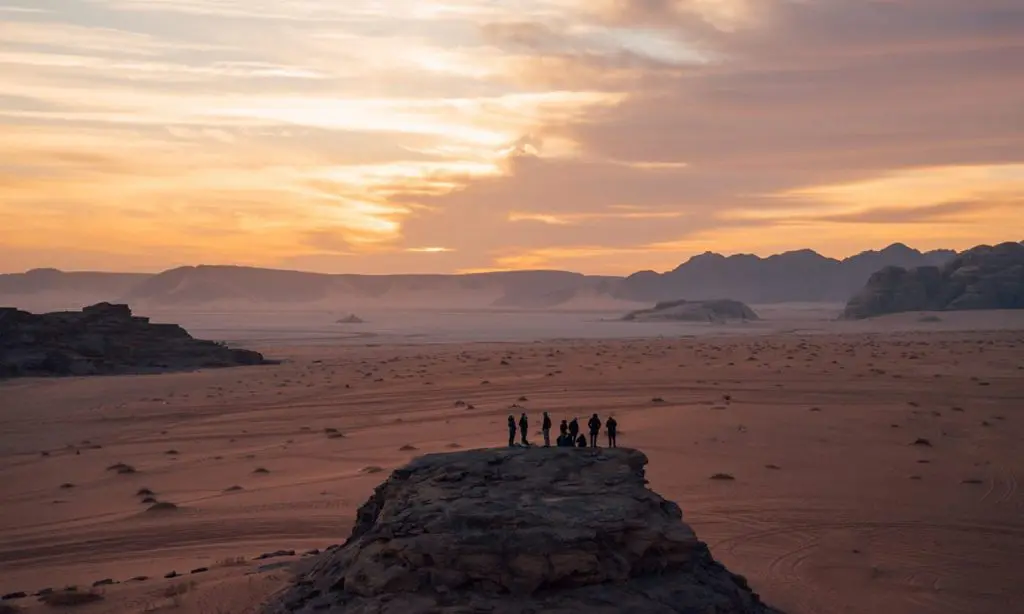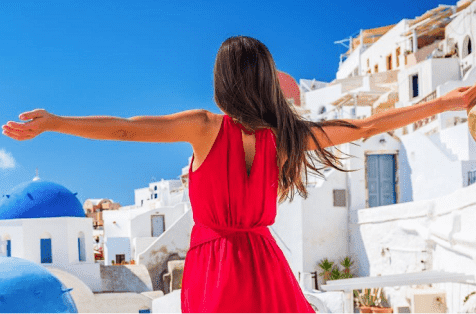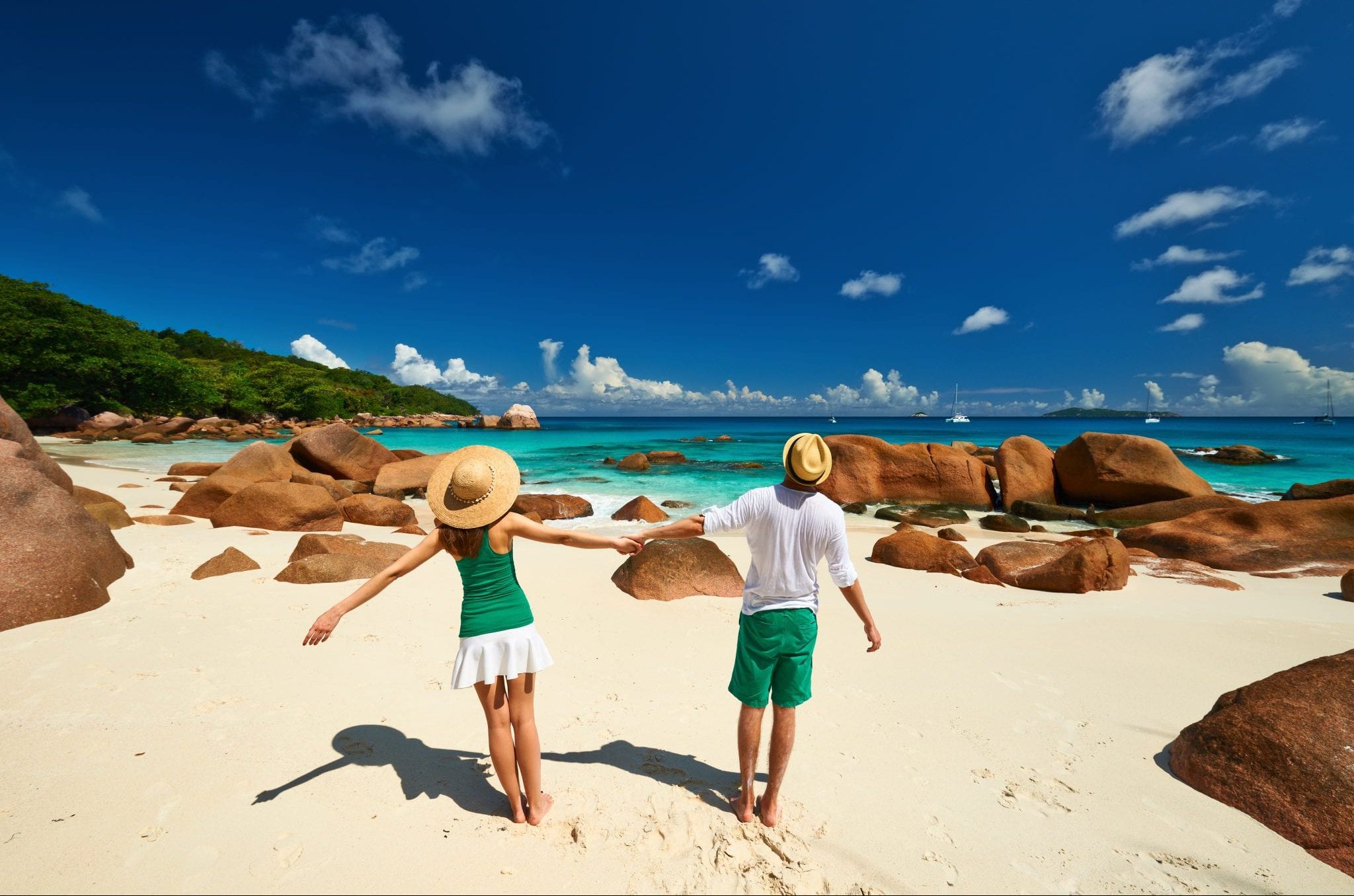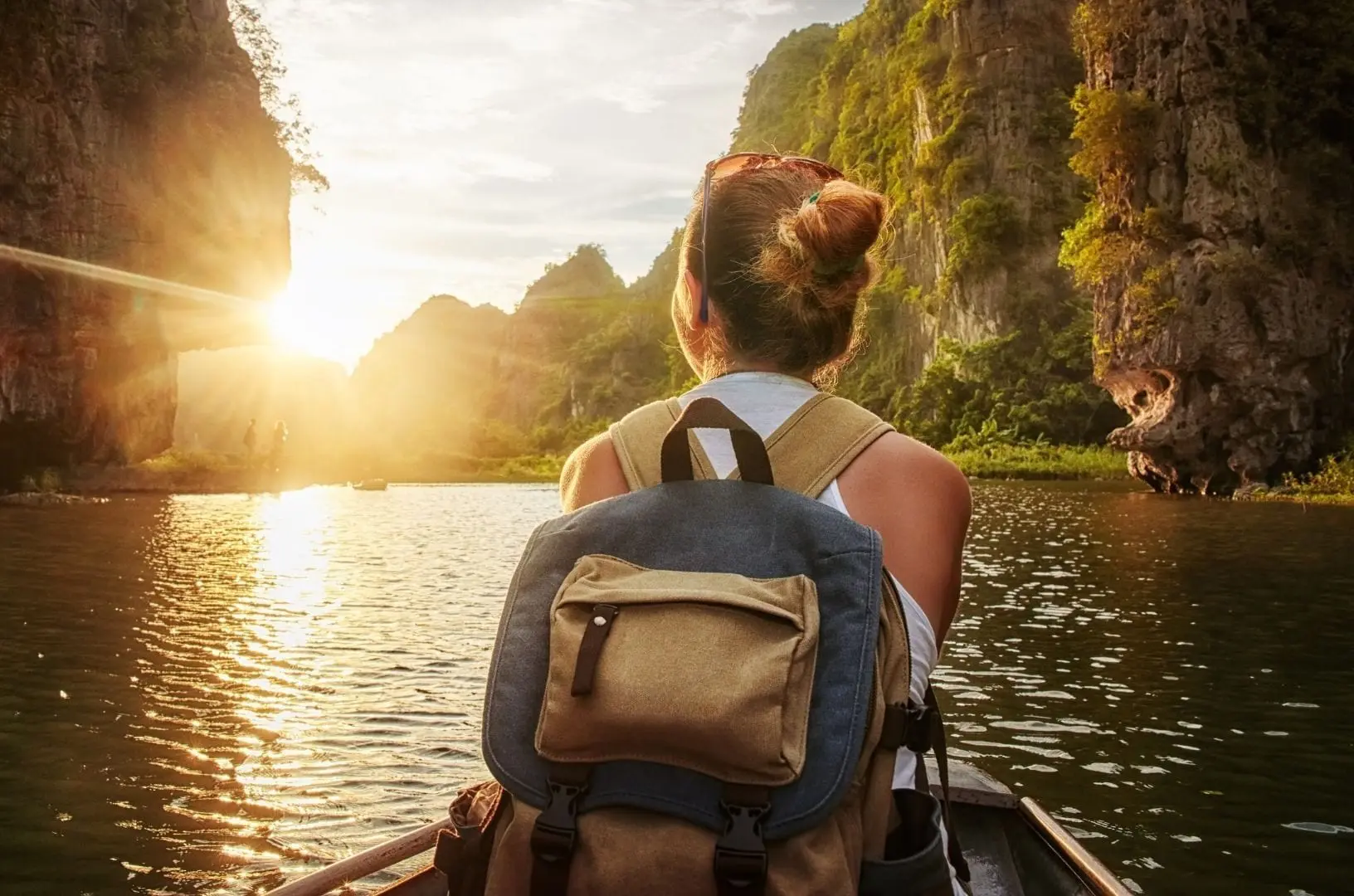Visiting Jordan during Ramadan offers a captivating fusion of cultural diversity and spiritual exploration. To make the most of your visit, it’s essential to gather pertinent information before finalizing your travel plans.
If you’re contemplating a visit to Jordan in the month of Ramadan, you might be curious about what to expect. Here’s a guide to help you navigate this unique experience

Importance of Ramadan in Jordan
Jordan is a predominantly Muslim country. Islam is the state religion, and the majority of the population in Jordan is Sunni Muslim. However, the country is also home to small Christian and other religious communities. The Hashemite Kingdom of Jordan is known for its religious diversity and tolerance, with the constitution guaranteeing freedom of religion.
Eid After Ramadan in Jordan
Jordan celebrates Eid al-Fitr and Eid al-Adha, which are two major Islamic festivals. Eid al-Fitr is celebrated at the end of Ramadan, the holy month of fasting, while Eid al-Adha marks the end of the Hajj pilgrimage to Mecca and commemorates the willingness of Prophet Ibrahim (Abraham) to sacrifice his son as an act of obedience to God.
During these festive occasions, families come together, special prayers are held, and people exchange greetings and gifts. Additionally, it is customary for Muslims to engage in acts of charity, including giving to the less fortunate during Eid celebrations. These festivals are important cultural and religious events in Jordan, as they are in many other Muslim-majority countries.
Know Everything About the Ramadan Atmosphere in Jordan Before Visiting
The majority of the population in Jordan observes fasting during the holy month of Ramadan. Ramadan is a significant month in the Islamic calendar, and Muslims around the world, including those in Jordan, fast from dawn to sunset during this period. The fast involves abstaining from food, drink, smoking, and certain other physical needs during daylight hours.
Fasting in Ramadan is one of the Five Pillars of Islam and is considered a time for spiritual reflection, increased devotion, and self-discipline. The fast is broken each day with the iftar meal, which is often started with the eating of dates and followed by a larger meal with family and friends.
It’s worth noting that there may be exceptions for individuals, such as the elderly, sick, pregnant or nursing women, and young children, who are not obligated to fast. Overall, Ramadan is a special and widely observed time of spiritual significance in Jordan.
Jordan’s Sensitivity Towards Tourism

Tourism plays a crucial role in Jordan’s economic landscape, making a substantial contribution to the country’s overall financial well-being. The tourism sector in Jordan has proven to be a significant revenue generator, with the industry contributing a substantial portion to the nation’s gross domestic product (GDP). Specifically, the tourism sector accounted for around 7.0 percent of Jordan’s GDP.
On average, Jordan has been attracting approximately 2.01 million tourists annually. These visitors, drawn to the country’s rich cultural heritage, historical sites, and diverse landscapes, have not only bolstered the tourism sector but have also played a pivotal role in supporting various local businesses and communities.
The economic impact of tourism in Jordan extends beyond mere visitor numbers. In terms of financial contributions, the tourism sector generated approximately 3.43 billion US dollars, showcasing its significance as a key driver of economic growth. This revenue is derived from expenditures made by tourists during their stays, encompassing various expenses such as accommodation, dining, transportation, and the purchase of local goods and services.
Furthermore, the tourism industry has become a key player in the international market, representing around 3 percent of all tourism receipts in Western Asia. The steady influx of tourists, coupled with their spending patterns, has created a dynamic economic interplay that benefits both the country and its inhabitants.
Understanding the economic impact of tourism in Jordan involves not only recognizing the revenue generated but also acknowledging the role played by each individual tourist. On average, a visitor to Jordan spends approximately 1,617 US dollars during their stay. This expenditure encompasses a wide range of activities, contributing to the livelihoods of those involved in the tourism sector and fostering economic resilience.
While these figures provide a snapshot of the current state of tourism in Jordan, it’s important to note that the industry is subject to various external factors, including global economic conditions, geopolitical stability, and public health crises. Despite such challenges, the tourism sector remains a vital component of Jordan’s economic landscape, offering a gateway for visitors to explore the country’s unique cultural and natural treasures.
Experiencing the Ramadan Spirit in Jordan

Understand that Ramadan is a month of fasting from sunrise to sunset. As a sign of respect, avoid eating, drinking, or smoking in public during daylight hours.
It’s essential to be mindful of local customs and dress modestly, especially when visiting religious sites.
Experience Iftar Traditions:
Joining locals for iftar, the meal to break the fast at sunset, is a great way to experience Jordanian hospitality. Many hotels, restaurants, and families host iftar events, offering traditional foods and a festive atmosphere.
Explore Night Markets:
After sunset, markets come alive with vibrant activities. Night markets offer an excellent opportunity to explore local crafts, try traditional foods, and enjoy the lively atmosphere.
Visit Mosques:
Consider visiting mosques, especially during the special nightly prayers in Ramadan. Many mosques have beautiful architecture, and witnessing the prayers can provide insight into Islamic traditions.
Participate in Cultural Events:
Check for cultural events, exhibitions, and performances organized during Ramadan. Some cities host special events celebrating art, music, and literature.
Plan Your Activities:
Keep in mind that the pace of life may slow down during Ramadan, especially during the day. Plan your activities accordingly, and be aware that some shops and businesses may have reduced hours.
Learn About Ramadan:
Take the opportunity to learn about the significance of Ramadan and its traditions. Engage in conversations with locals to gain a deeper understanding of their experiences and customs during this holy month.
Stay Hydrated:
While fasting is a personal choice for Muslims, tourists are not obligated to fast. However, it’s important to be considerate and discreet if you choose to eat or drink during the day. Stay hydrated, especially in the warmer months.
Be Patient and Flexible:
Recognize that schedules and routines may be different during Ramadan. Exercise patience and flexibility as you navigate through the unique atmosphere of this holy month.
Visiting Jordan during Ramadan provides an opportunity to witness the cultural and religious traditions that shape the country. By being respectful, open-minded, and willing to engage with local customs, you can have a memorable and enriching travel experience during this significant time.
Advantages of Visiting Jordan During Ramadan
If you want to enjoy cultural activities in Jordan, cultural festivals and grab great discounts on shopping, it is worth visiting Jordan during Ramadan. Let’s see how..
Places to Grab Grand Discounts in Jordan During Ramadan

Jordan offers a variety of vibrant markets and shopping destinations, and during Ramadan, these places come alive with a special atmosphere as locals prepare for the festive season of Eid al-Fitr.
Here are some famous shopping bazaars and places for shopping during Ramadan in Jordan:
Downtown Amman (Al Balad):
Downtown Amman, also known as Al Balad, is a bustling area with markets and shops selling a diverse range of goods. During Ramadan, you can find special deals on clothing, accessories, traditional crafts, and local sweets.
Rainbow Street:
Rainbow Street in Amman is known for its trendy boutiques, cafes, and art galleries. It’s a great place to shop for unique items and enjoy the lively atmosphere. Many shops offer Ramadan-themed merchandise, and the street comes alive with lights and decorations.
Souk Jara:
Souk Jara is a popular weekly market held in Amman, known for its handmade crafts, antiques, and delicious street food. It is a vibrant place to shop for unique Ramadan gifts and souvenirs.
Al Abdali Boulevard:
Al Abdali Boulevard is a modern shopping destination in Amman with a mix of international and local brands. During Ramadan, the boulevard may feature special promotions, and the surrounding area is beautifully decorated.
Hashemite Plaza in Zarqa:
The Hashemite Plaza in Zarqa is a local market where you can experience the authentic atmosphere of Jordanian shopping. It’s an excellent place to find traditional clothing, spices, and other Ramadan-related items.
Malls and Shopping Centers:
Jordan boasts several modern malls and shopping centers, such as City Mall, Mecca Mall, and Taj Mall. These locations feature a wide range of shops, from international brands to local boutiques, and often have special promotions during Ramadan.
Traditional Souks in Madaba:
Madaba, known for its mosaics, has traditional souks where you can explore local crafts and handmade products. The town’s markets offer a unique shopping experience during Ramadan.
Abdoun Mall:
Abdoun Mall, located in the upscale Abdoun neighborhood of Amman, is another popular shopping destination. It hosts various stores, cafes, and entertainment options, making it a convenient place for Ramadan shopping.
Remember to check for special events, night markets, and cultural activities that may be organized in these areas during Ramadan. Exploring these shopping destinations will not only provide you with the opportunity to buy unique items but also immerse yourself in the festive spirit of the season in Jordan.
Experiencing Cultural Cuisine At Iftar Dinners

Tourists in Jordan are often welcome to attend iftar dinners, the meals that break the fast during Ramadan. Attending iftar can be a wonderful cultural experience, and there are several advantages to participating in these after-dinner gatherings:
Cultural Immersion:
Attending iftar dinners allows tourists to immerse themselves in Jordanian culture and traditions. Sharing a meal with locals provides insight into their customs, hospitality, and the significance of Ramadan.
Hospitality and Warmth:
Jordanians are known for their hospitality, and iftar is a time when this hospitality is especially evident. Joining an iftar allows tourists to experience the warmth and friendliness of the local community.
Traditional Cuisine:
Iftar meals often feature traditional Jordanian dishes and special Ramadan treats. Tourists can savor authentic local cuisine and explore a variety of flavors and dishes unique to the region.
Community Atmosphere:
Iftar dinners are communal events, bringing families and communities together. Tourists can enjoy the lively atmosphere, observe local customs, and share in the sense of unity that characterizes Ramadan.
Cultural Exchange:
Participating in iftar provides an opportunity for cultural exchange. Tourists can engage in conversations, learn about Jordanian customs and traditions, and share aspects of their own culture.
Spiritual Experience:
Ramadan is a holy month for Muslims, and attending iftar allows tourists to witness and be a part of the spiritual practices associated with breaking the fast. This can be a meaningful and respectful experience.
Unique Photography Experience during Ramadan in Jordan

Framing Iftar Gatherings
Photographing Iftar gatherings during Ramadan opens a window into the communal spirit of the month. As the sun sets, families and communities come together for the evening meal, creating an atmosphere of warmth and unity. The images captured in this setting can convey the shared joy of breaking the fast, the diverse array of traditional foods on the table, and the expressions of gratitude and connection among participants. By focusing on the faces, interactions, and traditions during Iftar, photographers can encapsulate the emotional and cultural richness of this significant Ramadan activity.
Mosque Activities in Your Camera
Engaging in cultural photography around mosques during Ramadan provides a visual journey into the spiritual facets of the month. Photographers can capture the essence of special prayers, Quran recitations, and various community events taking place within and around mosques. These images offer a glimpse into the devotion and rituals that define the holy month, illustrating the diverse ways individuals come together to express their faith. From the serene moments of prayer to the animated communal activities, these photographs document the spiritual energy and sense of community that permeate mosque activities during Ramadan.
Eid Preparation Moments to Catch
Documenting the preparations for Eid al-Fitr, the festive culmination of Ramadan, through cultural photography allows for a narrative of anticipation and celebration. From bustling marketplaces and colorful shopping scenes to the meticulous adornment of homes and public spaces with festive decorations, photographers can capture the vibrancy and excitement leading up to Eid. Additionally, showcasing individuals shopping for new attire and traditional accessories contributes to the visual storytelling of the joyous occasion. These images encapsulate the cultural significance and the palpable sense of happiness as communities gear up for the grand festivities of Eid.
Lightening yoru Album with Candlelit Lanterns (Fanoos)
Fanoos, the iconic candlelit lanterns, symbolize the spirit of Ramadan. Cultural photography focusing on these lanterns showcases their intricate designs and their integral role in the visual aesthetics of the month. Capturing the flickering light of Fanoos against the backdrop of mosques, homes, and markets creates visually striking images. The photographs can highlight not only the craftsmanship of the lanterns but also their cultural symbolism, representing the guiding light of Ramadan and the joyous anticipation of the breaking of the fast.
Unique Ramadan Cultural Traditions
Cultural traditions take center stage during Ramadan, providing a rich tapestry of visual storytelling for cultural photographers. Documenting traditions such as music, storytelling, and other cultural expressions allows for the preservation and sharing of the community’s cultural heritage. Photographers can capture the diversity of activities, the intricate details of traditional performances, and the joyous expressions of participants engaged in these cultural practices. These images serve as a visual record of the unique customs that make Ramadan a culturally significant and cherished time.
Expressions of Faith
Cultural photography focusing on individuals engaged in acts of worship, reflection, and spiritual activities during Ramadan provides a visual exploration of personal and communal expressions of faith. Through these images, photographers can convey the solemn moments of prayer, the devotion exhibited during Quran recitations, and the meditative reflections of individuals during this sacred month. The photographs may also capture the communal spirit as people come together to engage in acts of faith, fostering a sense of unity and shared devotion. These visual narratives contribute to a deeper understanding of the spiritual dimensions of Ramadan.
FAQs About Visiting Jordan During Ramadan
Most tourist attractions remain open during Ramadan, though operating hours may be adjusted. It’s advisable to check the specific opening hours of attractions and plan accordingly.
While tourists are not obligated to fast, it is respectful to avoid eating, drinking, or smoking in public during daylight hours out of consideration for those who are fasting.
Public transportation and private services generally continue to operate during Ramadan. However, it’s advisable to check schedules and be aware of potential adjustments.
Nightlife in tourist-centric areas may be quieter during Ramadan. However, some places remain open, and special events may take place in the evenings.
Tourists should be respectful of local customs, dress modestly, and refrain from eating, drinking, or smoking in public during daylight hours. Engaging with locals in a polite and culturally sensitive manner is also encouraged.
There is no strict dress code, but it’s respectful for tourists to dress modestly, especially when visiting religious sites or participating in cultural events. Women may consider wearing longer skirts or pants, and men might avoid sleeveless tops.
Yes, tourists can visit historical sites like Petra during Ramadan. It’s essential to check the opening hours, as they may be adjusted. Travelers are encouraged to be mindful of the solemn atmosphere in historical and religious locations.
Yes, it is generally possible to engage in water activities and visit the Dead Sea during Ramadan. Tourists should check with local operators for any schedule adjustments and plan their visits accordingly.
 Black Friday: 60% Off
Black Friday: 60% Off Croatia Sailing : Save up to 60%
Croatia Sailing : Save up to 60% Ski Bansko : 60% Off
Ski Bansko : 60% Off Central & Eastern Europe Tours: 60% Off
Central & Eastern Europe Tours: 60% Off  Why Travel Talk
Why Travel Talk Travel Talk Blog
Travel Talk Blog Responsible Travel
Responsible Travel Fair Travels with Travel Talk
Fair Travels with Travel Talk